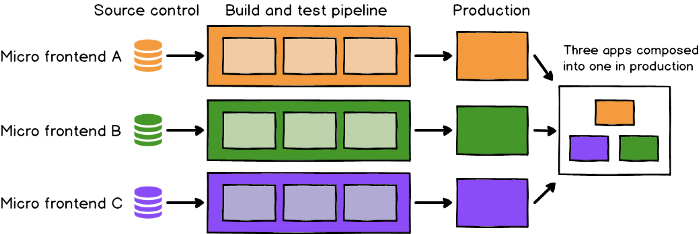

Priyansh Sharma
Micro-frontend with React and Next.js
Micro-frontends are particularly helpful because multiple teams can work on individual modules of the same project without worrying about other modules. With micro-frontends, it doesn’t matter how many modules will be added to a current system.
In this article, we’ll cover the basics of what a micro-frontend is and how to implement it using Next.js. We’ll also discuss the advantages of using micro-frontends in your applications.
Introduction to micro-frontendsFor starters, micro-frontends don’t follow any particular structure and have no fixed boundaries.
So how small is a micro-frontend? This is still unanswered. The bottom line is that you should split your project up so that the user experience won’t be disturbed. This process may be painful because it’ll likely include multiple whiteboard revisions.
Your project will likely evolve as time passes and you may need to revise your micro-frontend as you go along.

React is a popular frontend tech stack known for its usefulness and features. Using micro-frontends with React is a cherry on top! And that’s where Next.js comes in.
Next.js has a wide number of benefits, including:
So now let’s see how to create a micro-frontend with Next.js!

Priyansh Sharma
Founder of DocChat, DoTok & Pinzeal